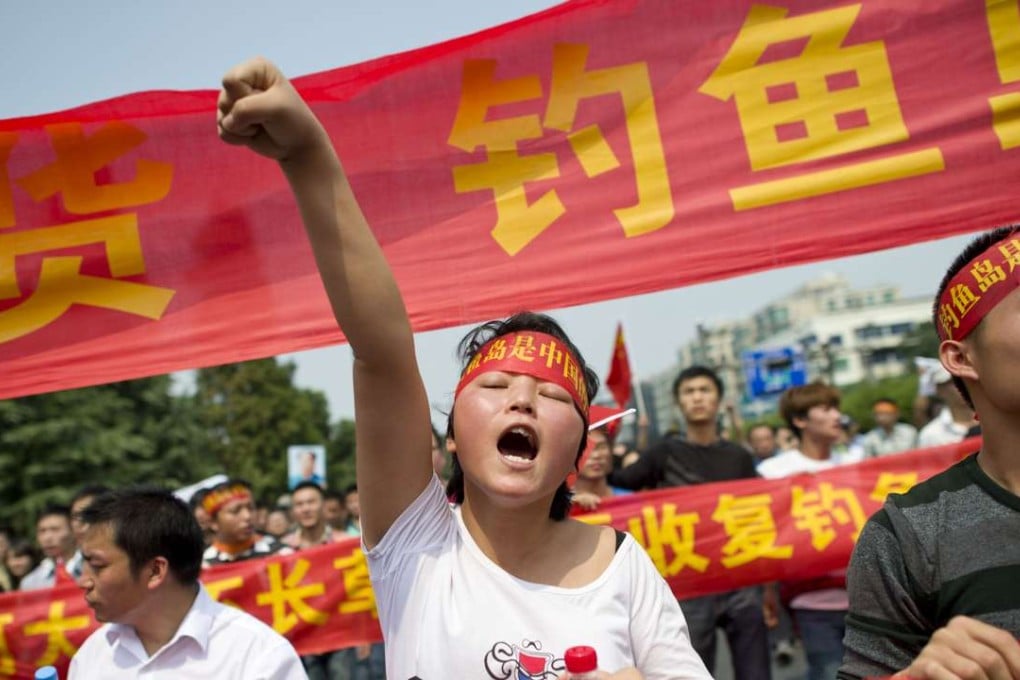China vows to nip patriotic protests in the bud to maintain stability
Official at secretive office tasked with maintaining social stability says public outbursts must be halted in early stages to stop them triggering mass demonstrations

Beijing will keep a close eye on public reactions to regional territorial disputes and nip any patriotic protests in the bud to maintain stability, according to a senior government official.
In an article on Friday in Communist Party mouthpiece People’s Daily, Ma Yusheng, deputy director of the party office handling issues affecting social and political stability, said the authorities must prevent sovereignty disputes from triggering mass protests. “[We must] properly handle the relationship between the people’s patriotism and social stability ... identify, contain and deal with them as early as possible,” Ma said.
The Central Office of Stability Maintenance handles the daily operations of the Central Social Stability Maintenance Leading Group housed at the Ministry of Public Security.
Ma’s comments come as Beijing is becoming more assertive about pressing its claims to sovereignty in the East and South China seas. China has carried out extensive reclamation work on islands in disputed areas of the South China Sea and established an air defence identification zone over the East China Sea.
The moves have led to increasing unease among China’s neighbours and tension with the US.
China is also due to hold its five-yearly party congress later this year, which is likely to see a major power reshuffle within the government’s leadership.